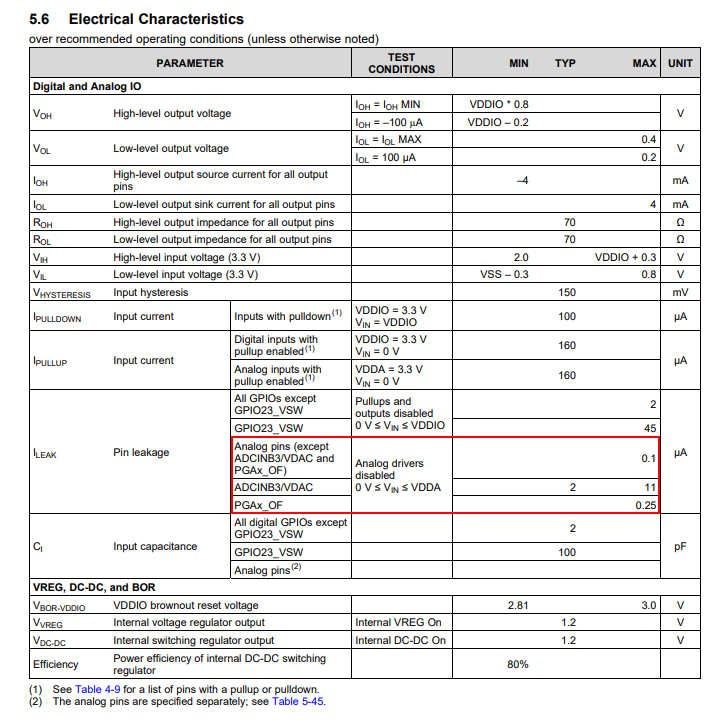Hi expert,
My customer uses F28004x in multiple of their projects. They have found differences on electrical characteristics of different analog pins.
This problem only occurs when source impedence for ADC input is high (several kilo ohms) for they didn’t use any amplifier before ADC input. ( this is not key point) The problem they found is: in situation above, analog signal on several ADCs channels will draw external signal (prevent them from rising to theoretical value). The problem occurs on blow pins (100pin package): Pin36 and Pin44. Not occurs on below pins: Pin28 and Pin35.
Could you tell the differences internally?
Thanks
Sheldon






